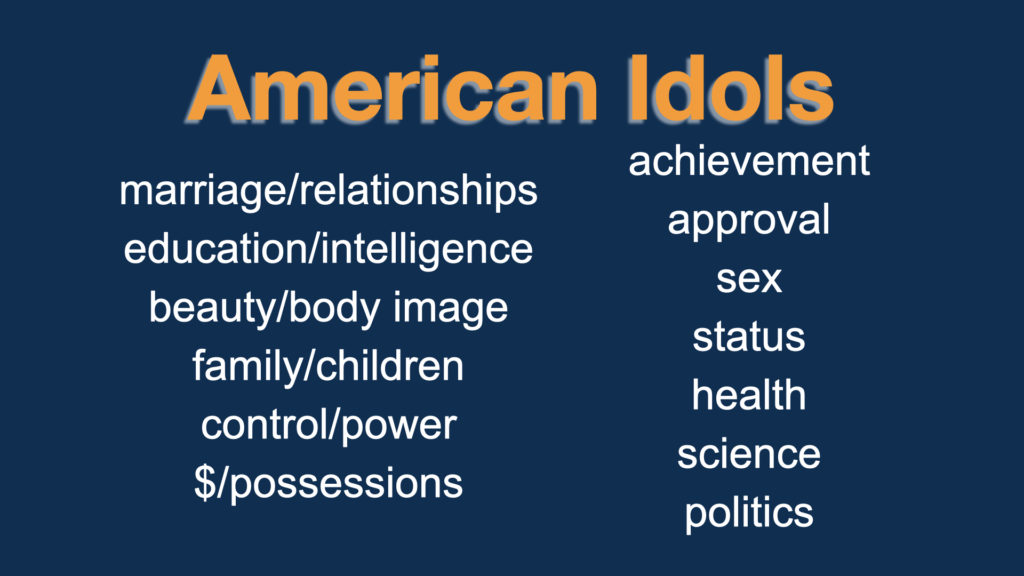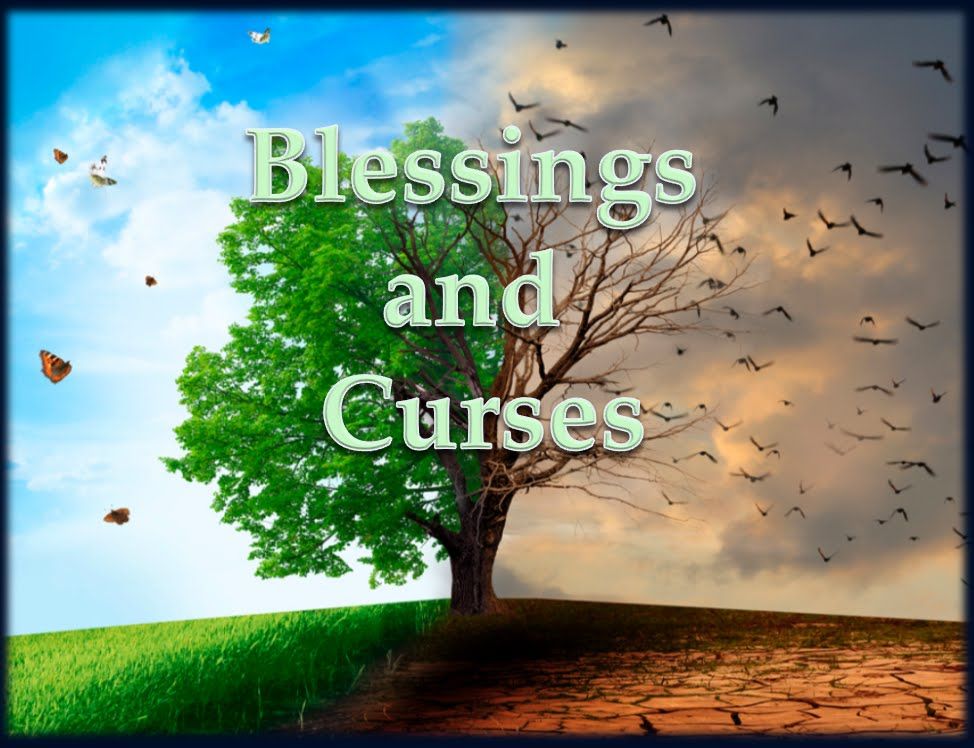For all the care you put into artistry, visual polish frequently doesn’t matter if you are getting the story right.
Ed Catmull, former President of Pixar Animation and Disney Animation

For all the care you put into artistry, visual polish frequently doesn’t matter if you are getting the story right.
Ed Catmull, former President of Pixar Animation and Disney Animation
Last week I had the privilege of teaching the Ph.D. course BIB909, Old Testament Hermeneutics and Theology, for LBC|Capital Seminary & Graduate School. One of the concepts we discussed during residency days in Greenbelt, MD was how meaning is made in a pericope.
It is not a familiar topic, especially when worded that way. It comes from the world of literary studies.
In my own practice I always discover how meaning is made in my selected preaching portion before attempting to discover what the meaning is. This allows me to allow the biblical author to show me what he means to say.
In many cases this means beginning with the passage’s structure. In a narrative, for instance, trace the storyline of the text (setting, rising action, climax, and conclusion). This is how theology is communicated. This is how meaning is made. This shows the interrelationship between the many ideas in a narrative. This helps you know what idea is prominent and which are subordinate.
In other cases, such as didactic texts, you are tracing the flow of thought or argument of a paragraph. This provides the logical relationship between sentences and paragraphs. This is how theology is communicated. This is how meaning is made. Again, this shows the interrelationship between the many ideas in the argument. This helps you know what idea is prominent and which are subordinate.
In both case above, you will have to investigate further. You will have to ask how various elements in your preaching portion mean something to your readers. Here’s an example from Matthew 10:1-15, my text for this coming Sunday, Lord willing.
In a text like this, Jesus’s instructions to the Twelve somehow instruct us in how to make disciples.
That’s it.
You’ll have to decide how much of the details transfer to our day, but as far as how meaning is made, you’ve got it. There’s authority, specific instructions on what to do, including how to handle rejection and what that means for those who do that.
It’s your turn. If you’re preaching Sunday and if you didn’t do this already, take a moment and analyze how meaning is made in your preaching portion. And may our Lord receive glory in the church and in Christ Jesus through your Spirit-guided efforts! (Ephesians 3:21)
Randal

Back to preaching through Numbers this week.
When you arrive at Numbers 32 you’ll encounter a tricky narrative (at least I found it especially challenging).
Best to allow the storyline to carry the theology along. [I hope you are seeing through this series that you can trust the storyline.]
In this case God teaches us through a combination of storyline and the concepts of inheritance and unity. The storyline is the starting point for theological interpretation of narrative. The concepts of inheritance begins with reference to “the land of Jazer and the land of Gilead…” (v. 1) and is specified in vv. 18-19, “our inheritance has come to us on this side of the Jordan…”
I divided the narrative like this:
Long before the Book of Acts God provides the church with a look at how the Body of Christ operates.
Our congregants need to be reminded what’s at stake if our harmony is destroyed. Verse 15 summarizes what happened to the earlier generation: “For if you turn away from following him, he will again abandon them in the wilderness, and you will destroy all this people.” Pretty severe.
Ancient interpreters censure the actions of the two tribes, but as you can see in vv. 16ff. they adjust to Moses’s plea, stick to their idea of settling this side of the Jordan, but, most importantly, agreeing to “take up arms, ready to go before the people of Israel, until we have brought them to their place” (v. 17).
Everything is aimed at every one of God’s people enjoying their inheritance. The chapter ends with resounding victory.
Great story of how God’s people are in the fight for faith together. That’s why we talk about “faith-family.”
And, if you were wondering how a Christ-centered reading might sound in this narrative, I selected moving from the humility of the two tribes to Paul’s description of our Savior in Philippians 2:1-8. Anyone who receives Christ’s sacrifice shares His mindset and lives with others in view.
I hope you can see how God can receive glory in the church and in Christ Jesus (Ephesians 3:21) through a journey through the Book of Numbers.
Randal

After writing last week’s post, I thought it might be good to show how I arrived at the theology. So, here goes:
First, trust the storyline of the narrative. Every part of the chapter hinges on God’s final assignment to Moses: “Avenge the people of Israel…” That’s why I titled the sermon: “He will bring us into this land” (remember, that was my unifying idea of the series): And that includes one day avenging His people.
Vengeance on the Midianites points forward to God’s future vengeance on all His enemies.
Everybody knows vengeance is His, not ours. All the worshipers need to come to grips with “the Lord’s vengeance” (v. 3). That’s especially important in a day when the air we breathe is polluted with the thought that the vengeance of God on His enemies is offensive to our post-modern sensibilities.
The only reason given in the chapter for this acts of judgment is in v. 16 “…these, on Balaam’s advice, caused the people of Israel to act treacherously against the Lord in the incident of Peor.” This review of what happened is the only explanation for the violent judgment. Follow the progression:
Step one: God’s people are tempted and fail the test.
Step two: God judges the tempters and His people are involved in the judgment.
You might take a look at the end of the Story when the Lord returns in such places as Revelation 19:11ff. “…in righteousness he judges and makes war….And the armies of heaven, arrayed in fine lines, white and pure, were following him…”
Finally, the bulk of the chapter and description highlights God’s people relishing in the victory, counting the plunder, and bringing the Lord’s offering. The chapter closes with: “And Moses and Eleazar the priest received the gold from the commanders of thousands and of hundreds, and brought it into the tent of meeting, as a memorial for the people of Israel before the Lord” (v. 54).
The difficulty is moving from the OT battle against the Midianites to providing comfort and encouragement to God’s people as they await His return.
While we wait, our own fight for loving God supremely rages on. May our Lord receive glory in the church and in Christ Jesus (Ephesians 3:21) as we place our hope in His soon return.
Randal

For those who choose to preach or teach the book of Numbers, opportunities abound for warning listeners against idolatry.
Two resources may help you define/describe idolatry:
Keller’s, Counterfeit Gods
Hafemann’s, The God of Promise and the Life of Faith
Numbers 25:1-18 describes the idolatry of God’s people. I titled this section:
“He will bring us into this land”: And We Will Not Worship the Gods of Our Culture.
The narrative is one of those, “Go and do otherwise,” stories in which Israel sets another bad example.
Following the storyline you might consider this structure:
It’s good for us to move from ancient idolatry to more modern versions. I have often used this slide:

Ask folks to locate the idol(s) they’re most tempted to worship.
Congregations/classes will struggle with the brutality of the judgment scene. Once again we come face to face with God’s holiness and the inevitability of judgment that stops “the plague on the people of Israel” (v. 8). The fallout is still enormous (24,000 in v. 9).
Finally, in vv. 10-13 God wants everyone to know what–better who–stopped the plague. It was a priest. And the reason:
“he was jealous with my jealousy among them, so that I did not consume the people of Israel in my jealousy.” (v. 11)
As a result there is renewed wholeness:
“Behold, I give to him my covenant of peace…the covenant of a perpetual priesthood, because he was jealous for his God and made atonement for the people of Israel.”
Some who are fond of Christo-centric readings will see how Christ, the greater Phinehas, turned back God’s wrath when the spear entered His side on the cross (cf. vv. 7-8).
Our God will receive glory in the church and in Christ Jesus (Ephesians 3:21) as you preach and teach about His jealousy which warns us away from our American idols (or the idols of your location).
Randal

Several weeks ago I wrote about angles that might help you preach Numbers 22 and the Balaam narrative. This is part 2. For this sermon I decided to take 23:1–24:45 as the preaching portion. Huge, I know, but as I’ll show in a moment, the section forms a unit centered on curses and blessings.
First, remember the value of anchoring a sermon series around a theological theme. I selected for the Numbers’s series a clause from 14:8
“…he will bring us into this land and give it to us…”
He will bring us safely to the new creation and one reason is because nothing can reverse His blessing on us who believe. All these scenes with Balaam teaches this.
You might try unifying and providing movement for the message as follows:
“a star shall come out of Jacob, and a scepter shall rise out of Israel…”
What an encouragement in a badly broken world for our listeners to hear the good news:
“I called you to curse my enemies [God’s people], and behold, you have blessed them these three times” (24:10)
All because our “Star” and “Scepter” crushed not only the OT enemies of Israel, such as Moab, but the head of the archenemy of our souls when He dies for sin/sinners.
As you preach and teach your way through Numbers your listeners will bless God as they learn how He endued them with special powers to succeed in all He has given them to do in this world (that’s my favorite definition of the Hebrew for “bless”).
And as they experience God’s blessing He will receive glory in the church and in Christ Jesus (Ephesians 3:21),
Randal

First, it can be done! This past Sunday I completed a six month series through the book of Numbers. The series totaled 31 sermons for 36 chapters. Phew! Great challenges and great rewards!
One thing I want to do better in these posts is highlight the kind of literature you’re dealing with. It’s my way of helping you see how meaning is made before we get to what that meaning is for the church.
So, for instance, in Numbers 9:15-23 is the spectacular story of God guiding His people with a “cloud…by day and…fire by night.” (v. 16) Meaning is made through the subjects (cloud and fire), their actions (“lifted from over the tent” in v. 17), and the response of God’s people (“camped….set out” in vv. 17-18). The cloud and pillar, of course, are also described as “At the command of the Lord…” (cf. vv. 18, 20, 23 and the key phrase, “the people of Israel kept the charge of the Lord” in v. 19).
It’s pretty clear that the Lord is instructing His people through the way He clearly leads them in their journey. And us? Well…
Our Lord will lead the way (vv. 15-16)
We will follow His leading (vv. 17-23)
Even without the cloud/fire?!? (biblical theology of God’s guidance and following Him in our journey.)
The third movement is where the fun is because everyone has asked at one time or another: “Wouldn’t it be great if God guided us now like that?” It’s comforting to know that He does.
I found it helpful to explain God’s guidance in Numbers and His guidance now like this: in Numbers the cloud and fire are like us going from A to B and we don’t know the way (if we don’t follow exactly, we’ll get lost); today we move from A to B and we know the way very well (we don’t have to follow someone and even know various ways to get to point B if we want to or have to).
Our arrival is just as sure because of God’s presence with us in the Person of Christ and His Spirit. And that should help you provide a Christological reading for your congregants. On the cross, Christ loses the presence of God so that He never leaves those who trust Him. Anyone whose heart has been warmed by the Gospel wants desperately to follow the Savior’s leading.
May our Lord receive glory in the church and in Christ Jesus (Ephesians 3:21) as you preach and teach the book of Numbers.
Randal
If you’re afternoon is free, there are still 5 seats available for tomorrow afternoon’s preaching workshop at Lancaster Bible College (Lancaster, PA campus). The title is: Preach the Text or Preach Christ? Yes! We’ll discuss this topic while working through the infamous narrative of Jephthah’s vow in Judges 11.
| Date: | April 26, 2016 |
|---|---|
| Time: | 01:00-04:00 p.m. |
| Event: | Spring Preaching Workshop |
| Topic: | Preach the Text or Preach Christ? Yes! |
| Sponsor: | Lancaster Bible College/Capital Seminary and Graduate School |
| Venue: | Charles Frey Academic Center |
| Public: | Public |
This past week I enjoyed the privilege of spending time with masters level students at Lancaster Bible College/Capital Seminary and Graduate School in Lancaster, PA and Greenbelt, MD. Because I’m teaching an Advanced Homiletics class, we spend a lot of time in Old Testament narratives (as opposed to NT epistles).
One of the things I wanted them to think about was that because the Bible is literature, theology is conveyed in narratives through the storyline. So, take a detour from the storyline and you run the risk of losing the theology God conveys through the narrative.
Why would a preacher stray from the storyline in an effort to preach a narrative? One reason is because many of us continue to develop a sermon on the basis of what jumps out at us in the story. I call that the Jack-in-the-box method. The problem is we tend to interpret and apply what jumped out at us without linking it to the rising action of the narrative.
Another reason I’ve seen over the years is the tendency to identify timeless principles from the narrative and preach them in isolation from the rising action. The principles function on their own and the preacher gives the impression that the principles are conveying the theology, not the storyline.
So, before Sunday, if you are preaching an Old or New Testament narrative, see if you are allowing the storyline to carry the theology of the preaching portion. See if the rising action is the source of your sermon’s subject matter.
Preach well so God receives glory in the church and in Christ Jesus (Ephesians 3:21).
Randal